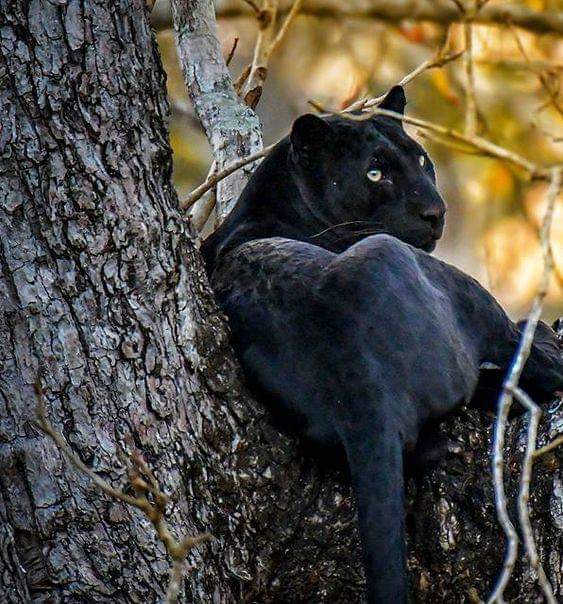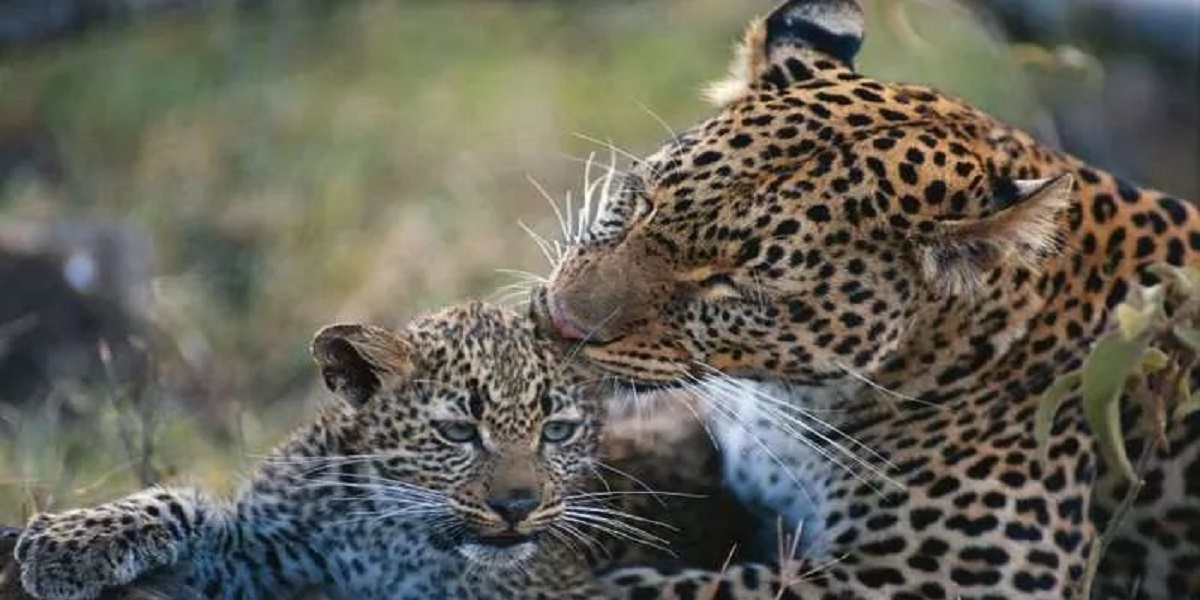
African Leopards do not have a breeding season. Leopard cubs are born blind and their eyes open after about 6-10 days. Leopard cubs suckle up to 12 weeks.
One of the world’s greatest ambush predators… And strongest.
African Leopards are known to spot, target and give its prey a surprise strike from the top of a tree. Their vision at night is almost 6 times better than that of man. They can jump up to 3m (9.8feet) vertically with its prey.
African leopards rosettes
African leopards has rosettes and not spots. A cheetah has spots.
- No two leopards have same rosettes and they are just as unique as our `fingerprints.
African leopards deadly tools are its claws.
The retractable curved claws of about 2.5cm (1 inch) are used for fighting, holding prey and marking trees for territorial defense. Leopards are so powerful that they can drag their prey as high as above 5m (19 feet) up a tree for their convenience.
The second lethal part of the leopard’s weaponry: Its teeth.
They have 32 teeth, which comprise canine, carnassial teeth (molars) and incisors. The permanent canine teeth appear at about 7 months old which are used for killing its prey. They have 4 long (about 4-5cm –2 inches) pointed canine. Their canine teeth are the longest in relation to the body size among the cat species. They swallow pieces of meat without chewing.
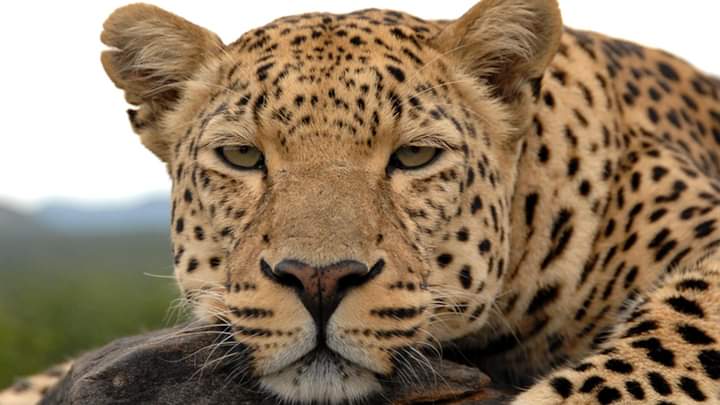
As we have discussed, African leopards greatest weapons are:
- Its lethal claws.
- Its fearsome teeth.
However, this is an open fact, and you can decide if you think the teeth are more deadlier, and therefore, should be number one. We would like to hear what you think of this.
Black African Leopard
Black leopards are beautiful, mainly because they are so rare. South Africa, for example, there were fewer than 40 sightings recorded between 1952 and 2013. Although they look pitch black, their rosettes are still visible — especially when they are in sunlight.
- Black panthers are either black leopards or black jaguars — it just depends what country you find them 😉 They are not a different species, and their colour is caused because their body produced too much ‘melanin’ — a black pigment. Kenya had one in oljogi conservancy and died some yrs ago
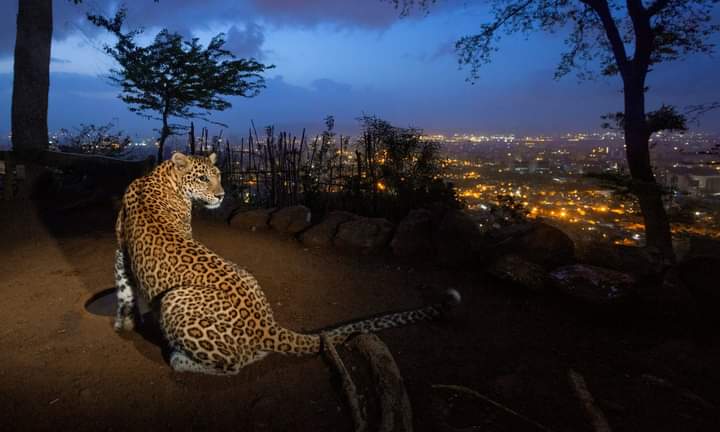
Out of all the big cats, the leopard is best able to look after itself. As we have established, it can survive in almost every habitat — every habitat in Africa, and to top that — it can survive and near man.

You may have noticed African leopard’s colour changes a bit from area to area.
— Leopards on the savannahs tend to look ‘brighter and more ‘leopard-y’. They are s rufous colour — (which is a reddish-brown), to ochre (which is a light brownish-yellow).
— Desert leopards are paler — a pale cream to yellow brown.
— The leopards in the rainforests are a beautiful golden colour.
— The leopards from high mountain areas are dark in colour.
— The darkest, black leopards, live mostly in humid forests (they blend in better with their darker habitat).
Amur leopard
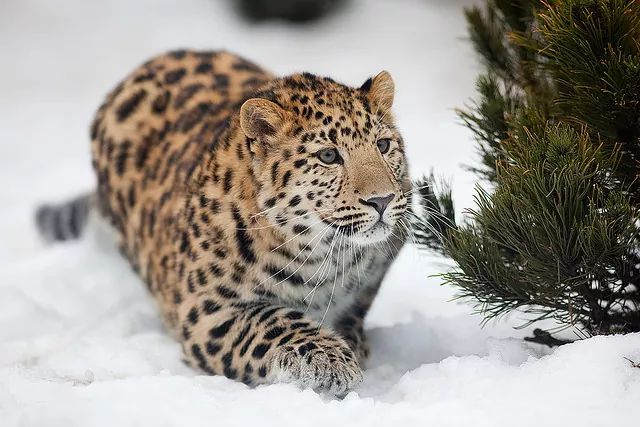
Another leopard that has adapted to freezing temperatures. This very beautiful leopard is one of the world’s rarest cats and was made extinct in a few countries. It is found in a remote area — the Amur River Valley on the China-Russian border.
- The Amur leopard is critically endangered.
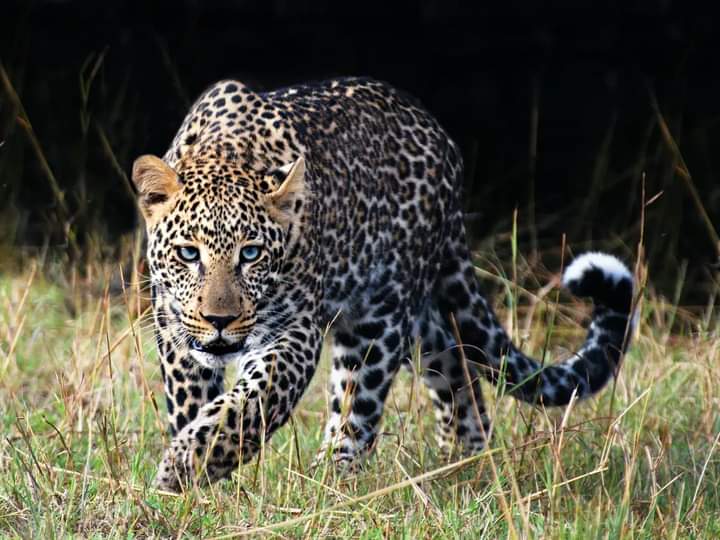
African Leopards can breed at any time — they are not seasonal breeders. This is why the males often patrol, not only to protect their territory from other males, but to check if the females are on heat in their territory — as the male allows one or several females to ‘set up home’ within his territory, solely for this purpose.

